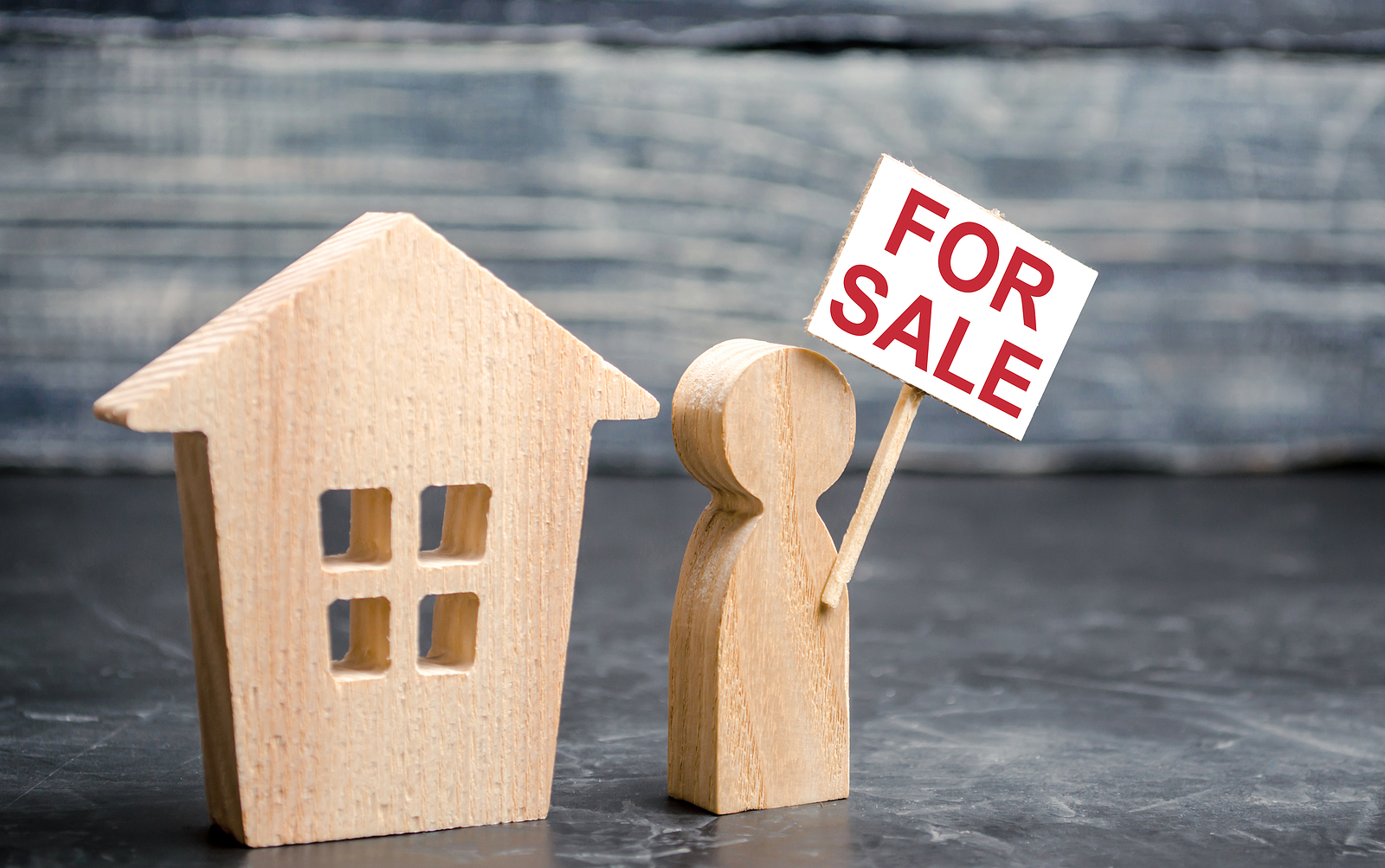Your neighbor Joe just listed his home at $435,000. It’s quite similar to yours so, naturally, you assume your home is worth the same amount.
Do you know what the list price of a home is known as in the real estate world?
“Fantasyland”
Even though his real estate agent most likely provided him with her most educated guess, based on research (remember, we’re assuming here), the seller has the final word on how much to list the home for. Therefore, the list price of any home represents what the seller is hoping to get for the home.
Whatever amount Joe decides to take for the home, it becomes a comparable that will be used in determining your home’s market value.
Confused?
Just remember that a home’s value is based on what a willing buyer will pay for it and a lender will lend on. And, we only have that information when the home sells.
No two homes are identical
Let’s imagine that Joe’s home sold for the full list price of $435,000, which isn’t at all far-fetched in the current real estate market.
Both yours and Joe’s house were built by the same builder and you both chose the same model. Therefore, your home is worth the same amount that Joe’s is, right?
Nope. You have faithfully maintained your home throughout the years you’ve lived in it.
Joe? Not so much.
Your neighbor did, however, add some improvements to his home, such as the addition of another bathroom. He also chose his lot strategically, for the value it would add to the home.
Then, there’s your home’s amazing landscaping, which Joe’s house is sorely lacking.
Your home may be worth that $435,000 that Joe got for his home. Then again, it may not. With the addition of the bathroom to Joe’s place came more square footage—a value adding feature, according to appraisers.
What else adds value to a home in the eyes of appraisers?
The general condition of the home. Since you’ve maintained your home better than Joe has, it’s a plus $ to the appraiser.
- Amenities, upgrades, additions and other home improvements.
- Location of the home.
- Age of the home.
- Square footage
- Floor plan
- Current market conditions and trends
- Neighborhood characteristics (according to fanniemae.com).
An appraiser for a lender considering a loan for an FHA borrower has a number of other items on her checklist, such as those on this list at sacramentoappraisalblog.com.
If your buyer is obtaining a loan backed by the U.S. Department of Veterans Affairs (V.A.), the appraiser must not only determine reasonable market value, but also ensure that the home meets V.A. Minimum Property Requirements (MPRs).
These requirements include ensuring that the home is:
- Sanitary
- Safe
- Structurally sound
In the end
Regardless of how much you think your home is worth and how much the buyer is willing to pay, it is the appraiser who has the last word.
This doesn’t mean you are powerless, however. You have the right to point out improvements or anything else that you and your agent think might raise the home’s value over that of your neighbors.
The buyer has a right to challenge a low appraisal.
“There is nothing sacred about appraisals,” according to the late Robert Bruss, real estate attorney and syndicated columnist.
“They often are wrong, especially if the appraiser is not very experienced or familiar with the neighborhood.”






